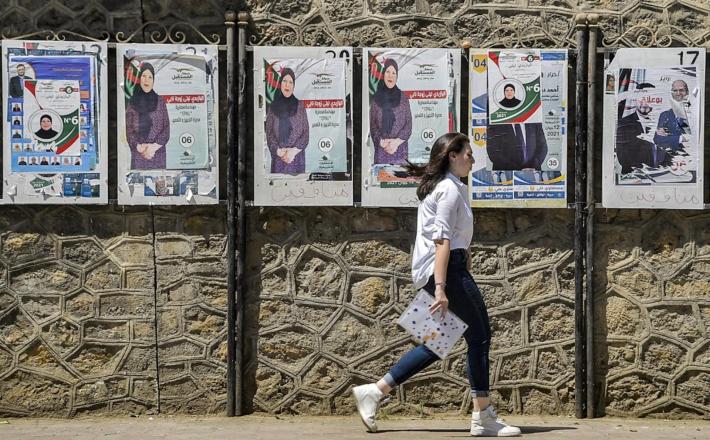When quotas go wrong and what to do about it
Source: The Inter-Parliamentary Union
Quotas are critical in ensuring greater representation of women, according to the latest IPU Women in Parliament report.
The numbers are clear. In 2021, countries with some form of gender quotas elected 31.9 per cent women on average to their lower/single house, while those without quotas elected 19.5 per cent women cumulatively.
Among upper houses, 29.1 per cent women were elected in the four countries that have some type of quota in place, while in countries without any such affirmative action, 23.9 per cent women were elected.
Click here to read the full article published by The Inter-Parliamentary Union on 10 March 2022.

Quotas are critical in ensuring greater representation of women, according to the latest IPU Women in Parliament report.
The numbers are clear. In 2021, countries with some form of gender quotas elected 31.9 per cent women on average to their lower/single house, while those without quotas elected 19.5 per cent women cumulatively.
Among upper houses, 29.1 per cent women were elected in the four countries that have some type of quota in place, while in countries without any such affirmative action, 23.9 per cent women were elected.
Click here to read the full article published by The Inter-Parliamentary Union on 10 March 2022.